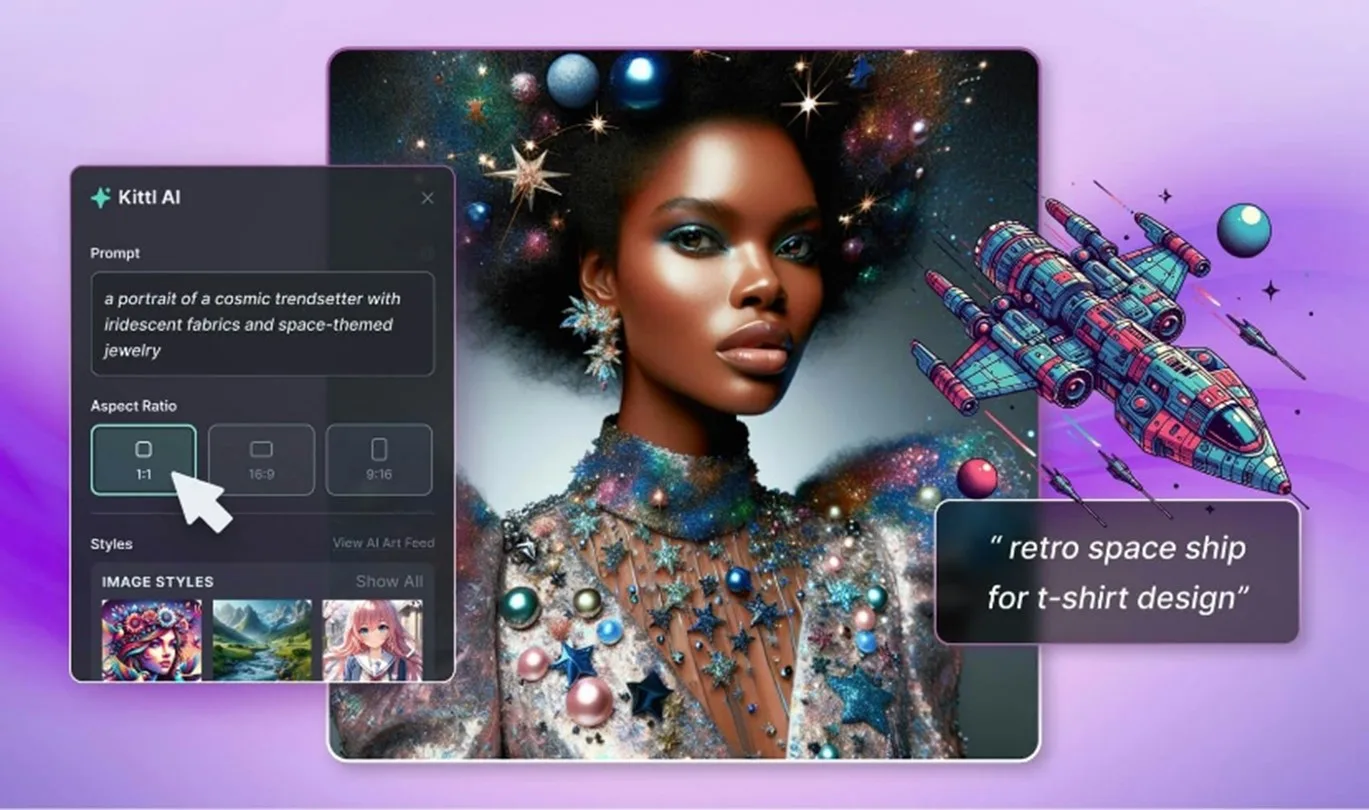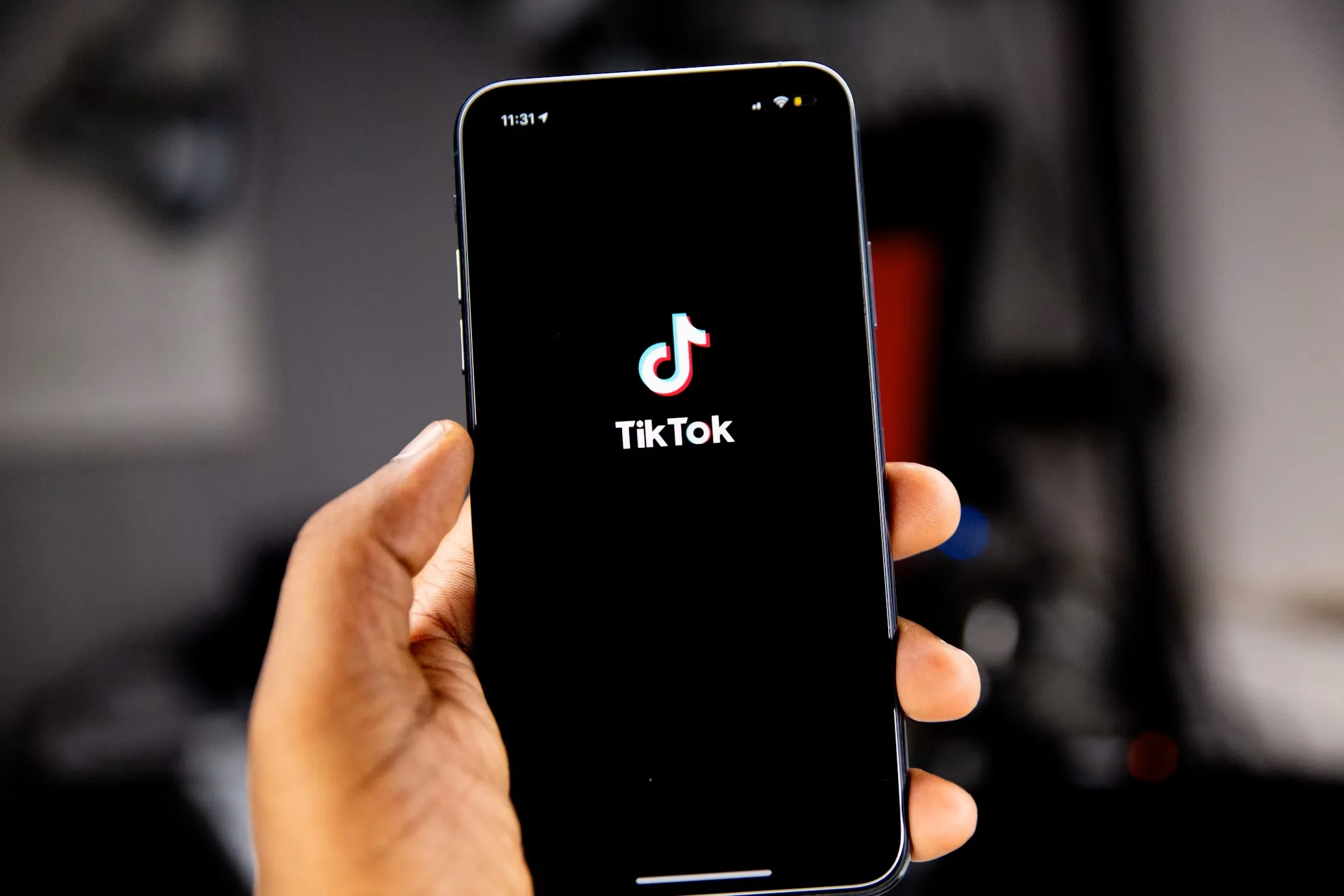
As a Business Management and Marketing
graduate, my studies provided a vast array of insights into the world of
business. A topic that piqued my interest in particular was digital
communications and marketing. As a result of this, I decided to write my final
year dissertation on the rise of Instagram influencers and whether their
perceived ‘influence’ actually impacts consumer purchasing decisions and
engagement with a brand.
My desk research revealed that Instagram users
perceive influencers as more stimulating and engaging than celebrities or
actors as they feel they can relate to them more[1]. As consumers, we’re increasingly using social media as a primary
source of information when researching a brand, therefore it’s essential for
brands to be able to connect with consumers through influencers they find the
most appealing and relatable.
And the interviews I conducted myself as part
of my research revealed three stand out themes regarding Instagram influencers:
Participants also revealed that the factors affecting their views
were also topic sensitive. For example, expertise tended to be the most
important factor that alluded to the influencer’s credibility among
participants who used Instagram for cooking, travelling or skin care, whilst
those who used Instagram for fashion, hair, and makeup inspiration (products
affecting physical appearance) were more likely to choose attractiveness as the
factor that equated to credibility.
My role at Richmond & Towers now allows me
to put these findings into practice, and I’m delighted that I’ve joined a team
that listens and uses the latest insights like these to recommend the right
strategy for clients. We also use our keen understanding of our clients’ brand
values and goals to select influencers who perfectly align with individual campaigns.
For example, for our skincare client Cetaphil
we’ve been working with dermatologists and keen skincare advocates to land the
message that it should be the brand of choice for Millennials. Likewise, for
our client Beyond the Box, we’ve worked with some of the UK’s highest profile
and most credible sustainability and lifestyle influencers to successfully promote
the benefits of cardboard to a mainstream audience, with some staggering
results and engagement rates well above industry norms.
If you’d like to learn more about how our
social and digital know how can help your brand, then drop us a line (a digital
one of course).
[1] Danesi,
M. (2015) Popular culture: Introductory perspectives. Rowman & Littlefield.

Navigating the fast-paced media landscape requires a dedication to innovation and a deep grasp of industry trends. At the heart of this transformation is Artificial Intelligence (AI), a total game-changer reshaping how we handle tasks and workflows. If the thought of this new ‘co-worker’ freaks you out as much as… Read more

We’ve delved into the minds of some of the biggest brand innovators around to uncover their secrets of success and inspiration. Brands aren’t just threads in life’s fabric; they’re engines of inspiration. Behind these brands are some of the world’s most influential leaders, driving change and innovation. That’s why we’ve… Read more

It’s no secret that we’re currently living through the age of social media, where platforms such as TikTok have become more than just entertainment hubs with viral dances and comedic skits — but now a powerful marketing influence that’s totally shaping consumer behaviours and trends, particularly in world of grocery… Read more